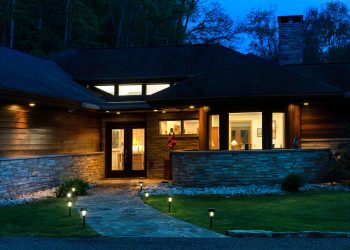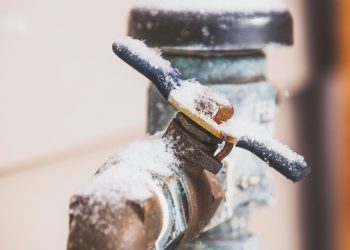Older homes generally cost more to insure than newer ones. An older house may be in poor condition, and the roof, plumbing, HVAC system and electrical wiring may be the same ones that were installed when the house was built.
Owners of older houses tend to file more insurance claims than owners of newer homes since older features are more likely to wear out or break down. Materials that were used decades ago may be less resistant to fire and other forms of damage than modern building materials. An older house may also contain hazardous substances, such as asbestos or lead.
Hurdles You May Face When Seeking Insurance Coverage
If your house is in poor condition, an insurance company may reason that you would be likely to file several expensive claims and may therefore require you to make repairs in order to be eligible for coverage. An insurance company may also refuse to give you homeowners coverage at all.
Part of your homeowners insurance policy covers the cost to repair or rebuild your home if it gets damaged or destroyed. It’s important to note that this is not the same as the amount you paid for the house or its current market value.
A house that’s several decades old may cost a lot more to fix or rebuild than one that was built more recently. An older house may have custom features and materials that aren’t commonly used today. If it needs to be repaired or rebuilt, both expensive materials and labor from workers with specialized skills will be required.
If you aren’t sure how much it would cost to rebuild your house or how old specific features are, an inspector can help. Information gathered during an inspection can be used to estimate your home’s replacement cost.
How to Get Homeowners Insurance Coverage for an Older House
An HO-3 homeowners insurance policy is the most common type. This may be a good option if your house has been renovated and brought into accordance with local building codes. An HO-3 policy covers damage caused by a wide range of perils.
HO-8 insurance is a type of policy that’s specifically designed for older homes. This may be the best option if you own a house that has been classified as a historic home or a landmark. It will cover your house’s replacement cost, even if that’s more than its market value.
High-value insurance is designed to protect houses with above-average value and has higher coverage limits than a standard homeowners insurance policy. This may be a good choice if your house would be expensive to rebuild. A high-value policy has higher premiums than an HO-8 policy.











